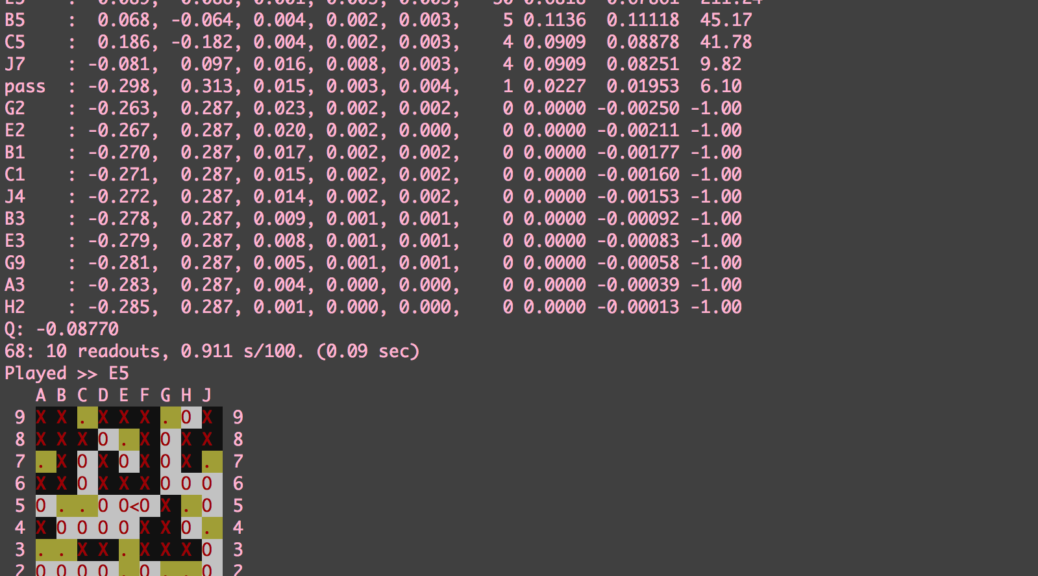My first blog writing was in 2013, and at that time, WordPress was able to handle the styled code correctly, i.e., the code preserved the syntax highlight when I copy it from Xcode / CodeRunner and paste into the WordPress editor. The editor was capable of converting or persevering the colour info, and it did a great job of formatting the styled code into HTML.
Just like this post, https://await.moe/2013/08/assertmacros-problem/. The code shown below
typedef int (*PYStdWriter)(void *, const char *, int);
static PYStdWriter _oldStdWrite;
could be nicely formatted into the corresponding HTML code
<span style="color: #bb2ca2;">typedef</span> <span style="color: #bb2ca2;">int</span> (*PYStdWriter)(<span style="color: #bb2ca2;">void</span> *, <span style="color: #bb2ca2;">const</span> <span style="color: #bb2ca2;">char</span> *, <span style="color: #bb2ca2;">int</span>);
<span style="color: #bb2ca2;">static</span> <span style="color: #4f8187;">PYStdWriter</span> _oldStdWrite;
However, it was about the time WordPress upgraded to 3.9, the aforementioned functionality was removed. Although there are tens of syntax highlighting plugins, but I don't really like the colour schemes they offer. Besides, sometimes I may need to highlight a small portion of code. Such as this post, https://ryza.moe/2017/05/the-reason-that-codesign-remove-signature-generates-malformed-macho-still-remains-mystery/
/*
* If this has a code signature load command reuse it and just change
* the size of that data. But do not use the old data.
*/
if(object->code_sig_cmd != NULL){
if(object->seg_linkedit != NULL){
object->seg_linkedit->filesize += arch_signs[i].datasize - object->code_sig_cmd->datasize;
if(object->seg_linkedit->filesize > object->seg_linkedit->vmsize)
As you can see, using native HTML code could enable extra control and functionality.
Continue reading Rewrite the styled code in HTML generated by Apple to WordPress compatible HTML →





